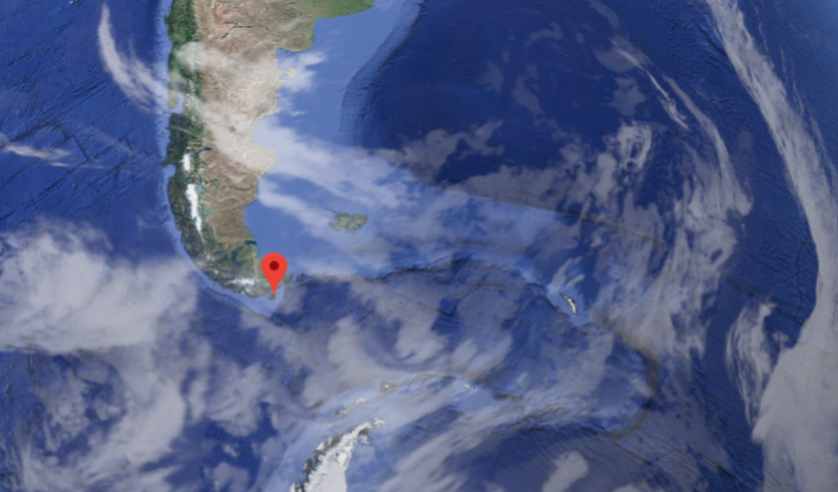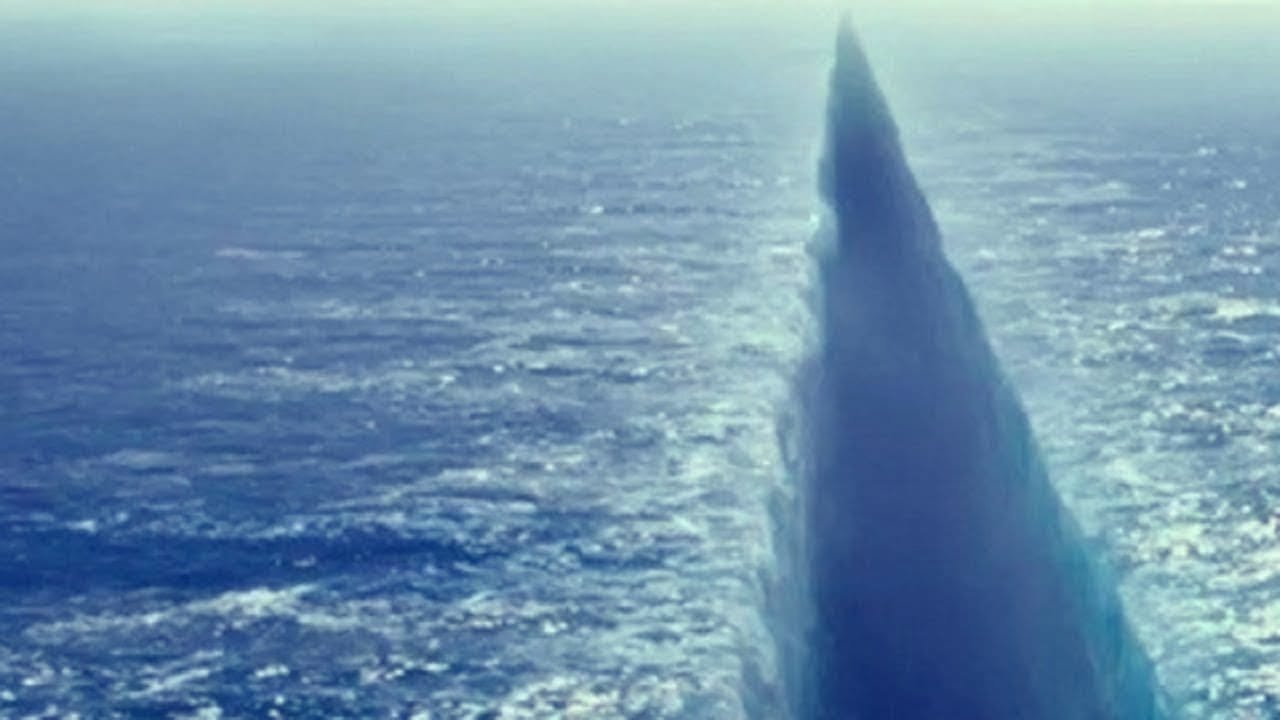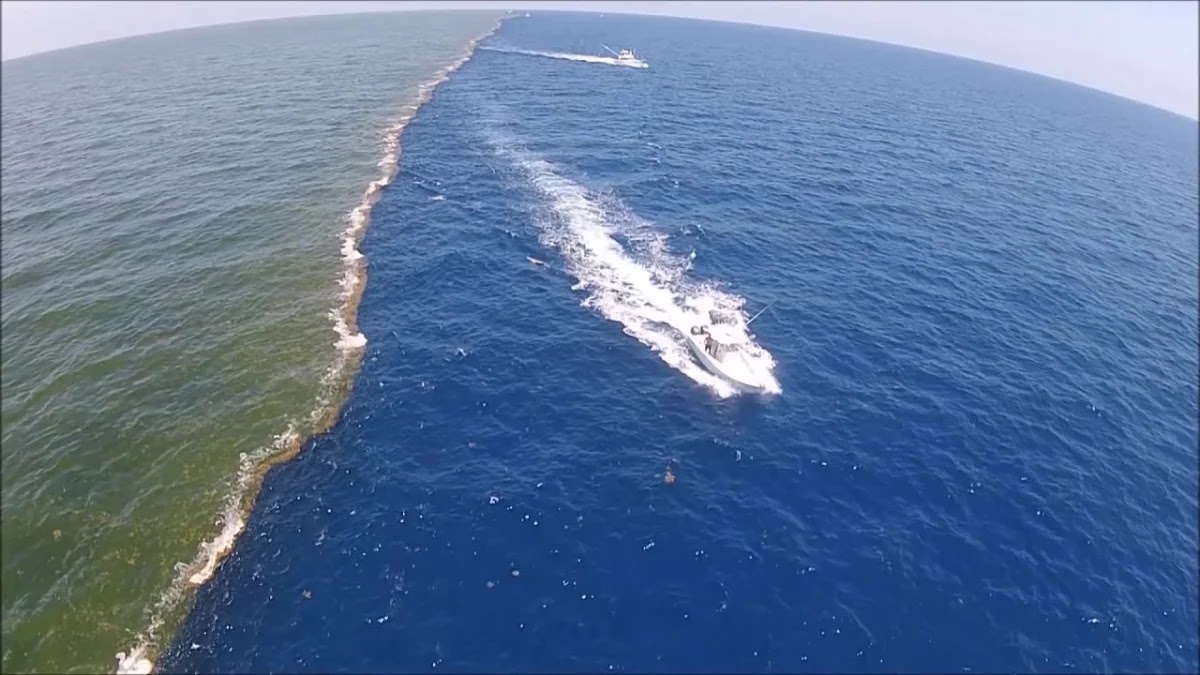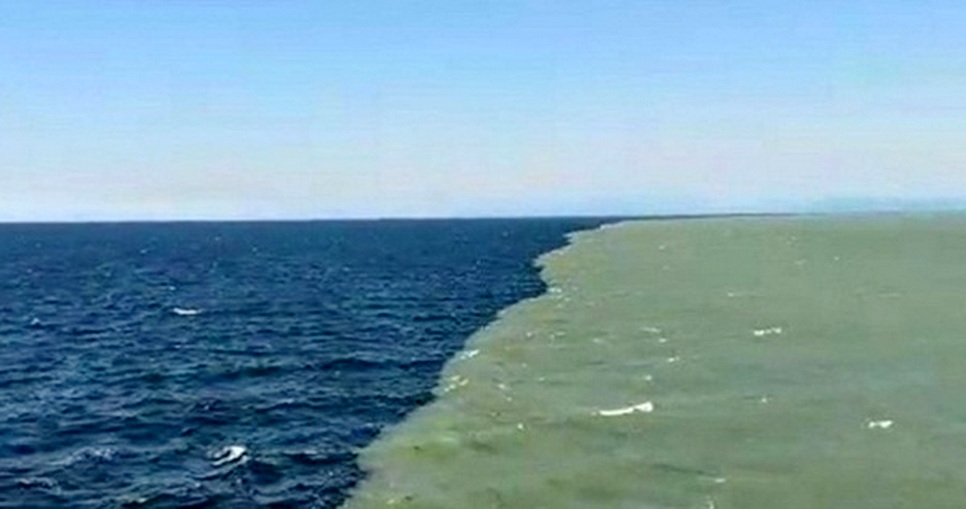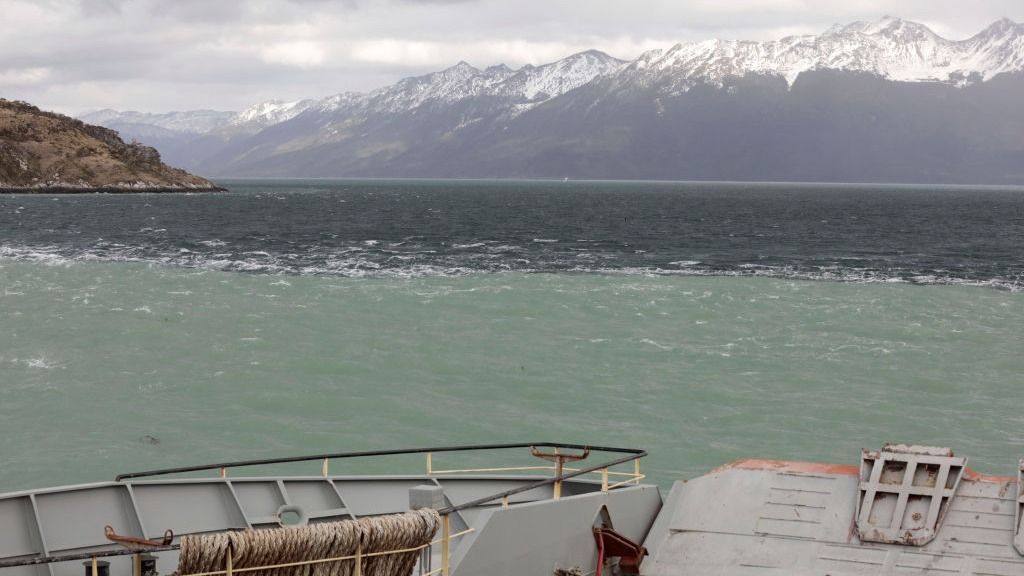Why Do The Pacific And Atlantic Oceans Not Mix
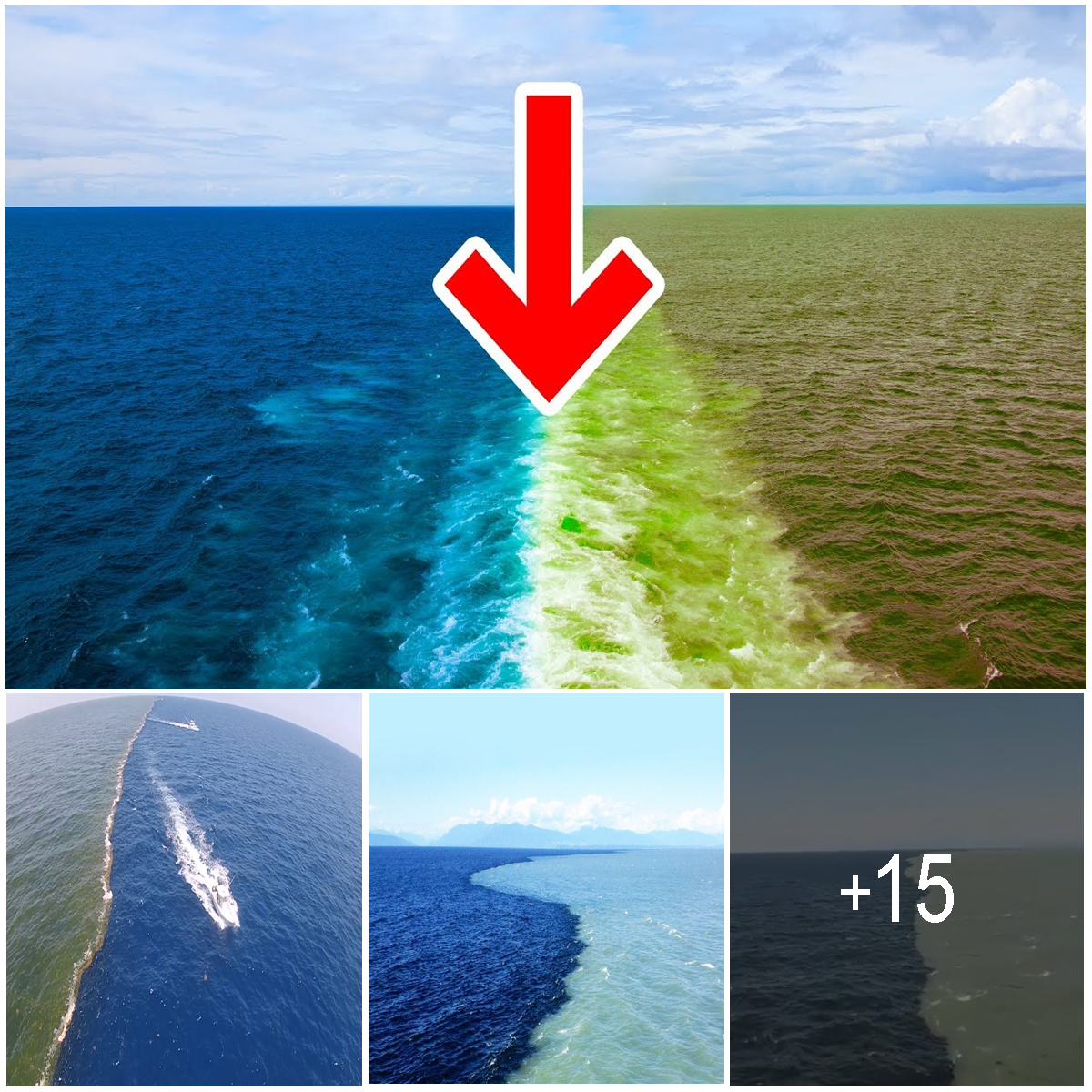
Ever stood on the beach, toes wiggling in the sand, and wondered why the big blue isn't just one giant, homogenous soup? Specifically, why don't the Pacific and Atlantic Oceans, those two colossal watery behemoths, just, well, mix?
Imagine two mega-bowls of punch at the world's biggest party. One's a slightly saltier, cooler Hawaiian Punch (that's our Pacific!), and the other's a warmer, sweeter cranberry juice (hello, Atlantic!).
You'd expect someone to stir them together eventually, right? Turns out, the oceans have a few tricks up their sleeves to keep their flavors distinct.
The Secret Ingredient: Salinity
Okay, so "salinity" might sound like a fancy science word, but it just means how salty the water is. The Atlantic tends to be saltier than the Pacific. Think of it like this: the Atlantic is like that friend who always adds an extra pinch of salt to everything, while the Pacific prefers things a bit more mellow.
Why the salt difference? Well, the Atlantic gets a lot of evaporation, which leaves behind more salt. Plus, lots of rivers flow into the Pacific, adding fresh water and diluting the saltiness. More fresh water means a less dense ocean in the Pacific.
Saltier water is denser, like a grumpy guest that needs space. Fresh water is lighter and sits on top. They have a hard time mixing.
Temperature Tantrums
Just like Goldilocks, the oceans have their preferred temperatures. The Atlantic, thanks to currents bringing warm water from the tropics, tends to be warmer than the Pacific.
Warmer water is less dense than colder water. It floats on top of colder water, like oil on vinegar. Imagine trying to mix hot chocolate and ice water – they'll eventually blend, but they'll resist at first!
The temperature differences act like a watery bouncer, preventing easy mingling between the two oceans.
Density Does the Dance
Density is the real party pooper when it comes to ocean mixing. It's a combination of both salinity and temperature. Denser water sinks; less dense water floats.
Because the Atlantic is saltier and sometimes warmer, it has regions of higher density than the Pacific. This difference in density creates a sort of invisible barrier.
It’s like trying to mix oil and water – they’ll sit side-by-side, creating a visible line. That's kind of what happens where the Pacific and Atlantic meet! You often see a distinct line in the ocean due to these density differences.
Current Affairs
Ocean currents are like underwater highways, swirling and flowing around the globe. They play a HUGE role in keeping things separate.
These currents, driven by wind, temperature, and salinity differences, can act as barriers, deflecting and redirecting water masses. This helps maintain the distinct characteristics of each ocean.
Think of it like trying to run through a very strong slip-n-slide that’s going in the opposite direction – you might get a little wet, but you’re not going to travel very far! Ocean currents act in similar way.
Don't worry, they *do* mix a little!
Now, before you imagine two completely segregated oceans, remember that nature always finds a way. There *is* some mixing, especially in certain areas. The oceans aren't totally separate.
These mixing zones are super important for marine life, as they bring nutrients and create diverse habitats. Think of them as the neutral territory where the Atlantic and Pacific share snacks and stories.
So, the next time you’re gazing out at the ocean, remember the complex dance of salinity, temperature, and currents that keep our world's oceans wonderfully unique. It's a salty, swirling, and slightly stubborn system, but that's what makes it so fascinating!
